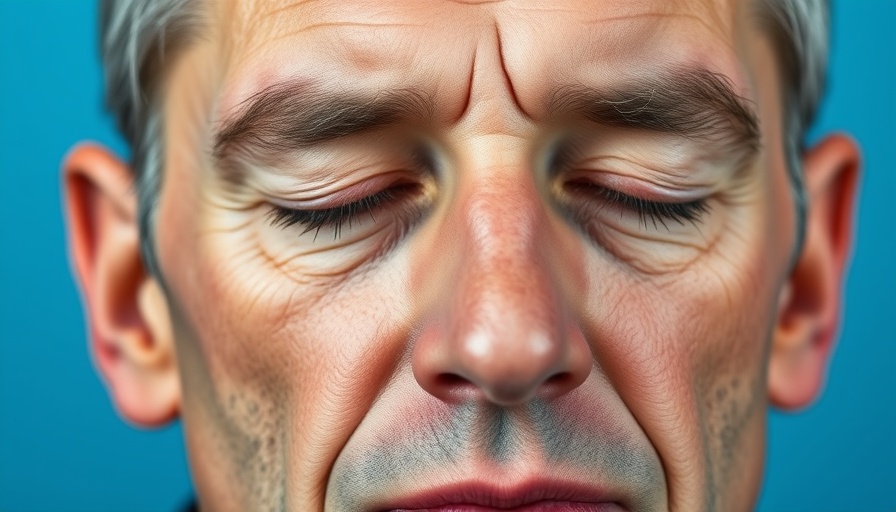
Unlocking Peaceful Sleep: Breathing Techniques for Seniors
Trouble falling back to sleep during the night is a common issue, especially among seniors. If you often find yourself staring at the ceiling at 3 a.m. with racing thoughts, worry not—help is at hand! As highlighted in the video "5 Breathing Techniques to Help Fall Back to Sleep" by Dr. Michael Bruce, breathing exercises can be a game-changer for restless nights. These methods not only leverage the body’s natural reflexes to soothe the mind but also provide an accessible way to cultivate a sense of calm.
In '5 Breathing Techniques to Help Fall Back to Sleep,' Dr. Michael Bruce outlines methods that not only promote deeper sleep but also help seniors reclaim peaceful nights through breathing exercises.
The Power of Breathing Techniques
Breathing techniques can signal your body to unwind, aiding in lowering your heart rate—essential for falling back asleep. For seniors, whose sleep patterns may shift due to various life changes, mastering breathing techniques can empower them to reclaim restful nights. By focusing on how we breathe, we have a remarkable tool at our disposal for promoting relaxation.
Soothing Methods for Sleep Struggles
Here are a few effective breathing techniques to help seniors navigate those sleepless nights:
- Cyclic Sighing: A straightforward method where you breathe in deeply through your nose until you can’t inhale any further, then slowly exhale through your mouth. This technique can alleviate stress in under a minute, breaking free from that spiraling cycle of worrying thoughts.
- Box Breathing: Count to 4 while inhaling, hold for 4, exhale for 4, and pause for another count of 4. This structured approach to breathing helps focus the mind, making it easier to drift back into slumber. Seniors can practice this either during the day or at bedtime to create a calming routine.
- Alternate Nostril Breathing: This technique promotes emotional balance by harmonizing the brain’s logical and emotional sides. Close one nostril, inhale through the other, then switch nostrils. A few cycles of this can quiet racing thoughts, promoting tranquility.
Top Recommendations for Better Sleep
As you explore these techniques, you’ll discover that practice makes perfect. Dr. Bruce emphasizes diaphragmatic breathing as crucial—this involves expanding the belly when you inhale and contracting it as you exhale. Breathing through the nose contributes to better oxygenation of the body through nitric oxide production, making your breath more effective and calming.
Why This Matters to Seniors
The importance of quality sleep cannot be overstated. Sleep patterns commonly change with age, making understanding and embracing methods to combat restless nights essential. Breathing exercises offer a natural alternative to sleep medications, encouraging a tranquil atmosphere without the potential side effects of pharmaceuticals.
Taking Action for Better Sleep
For seniors, tackling insomnia is not just about productivity; it influences overall health and emotional well-being. Incorporating breathing techniques into your nighttime routine may promote deeper, more restorative sleep. Experimenting with these methods can help you find which one resonates best for you.
Sleep is vital, especially for maintaining a vibrant and fulfilling life in your golden years. If you or your loved ones often find themselves tossing and turning, consider exploring these techniques. For a complete understanding of how to fall back asleep more efficiently, look into Dr. Michael Bruce’s full breakdown of sleep techniques.
Rest is an essential component of a healthy lifestyle; embrace the peace that comes with mastering your breath and reclaim your nights!
 Add Row
Add Row  Add
Add 


Write A Comment